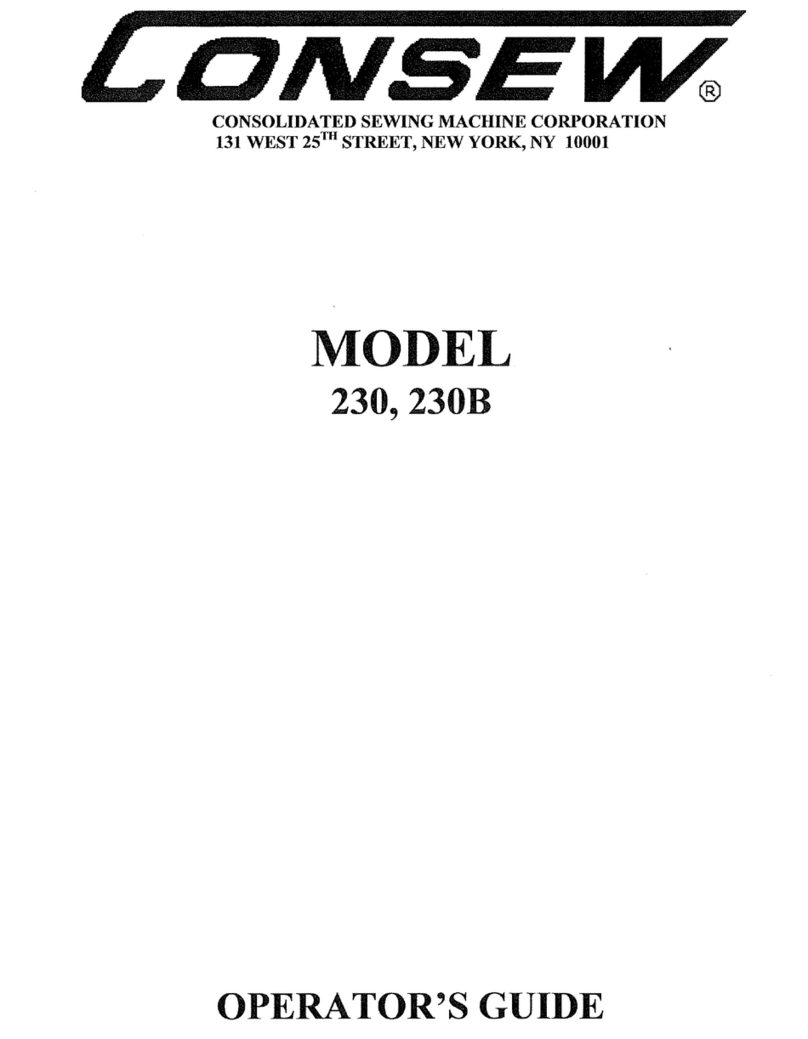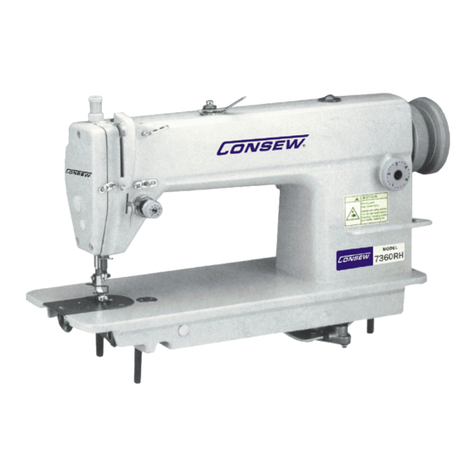Consew 733R-5 Use and care manual
Other Consew Sewing Machine manuals

Consew
Consew 328RB-1 User manual
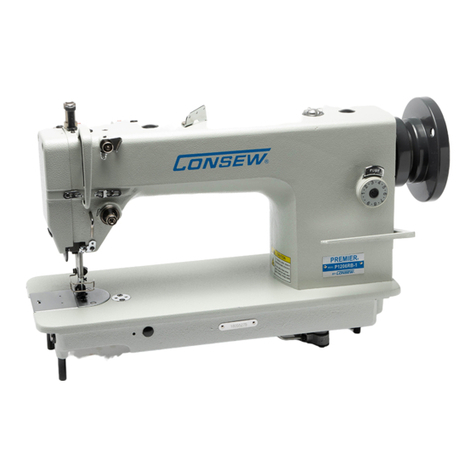
Consew
Consew P1206RB Technical manual

Consew
Consew 277RFS-3 Datasheet

Consew
Consew 133A-1 User manual

Consew
Consew 104-1T User manual
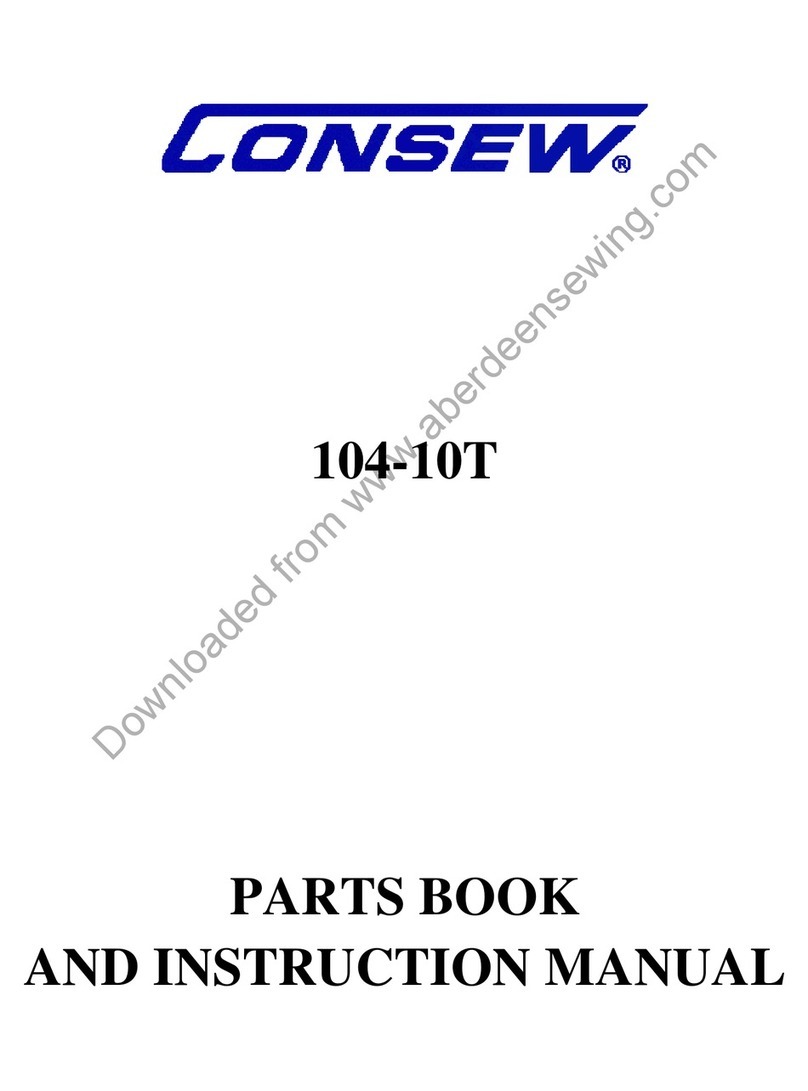
Consew
Consew 104-10T User manual
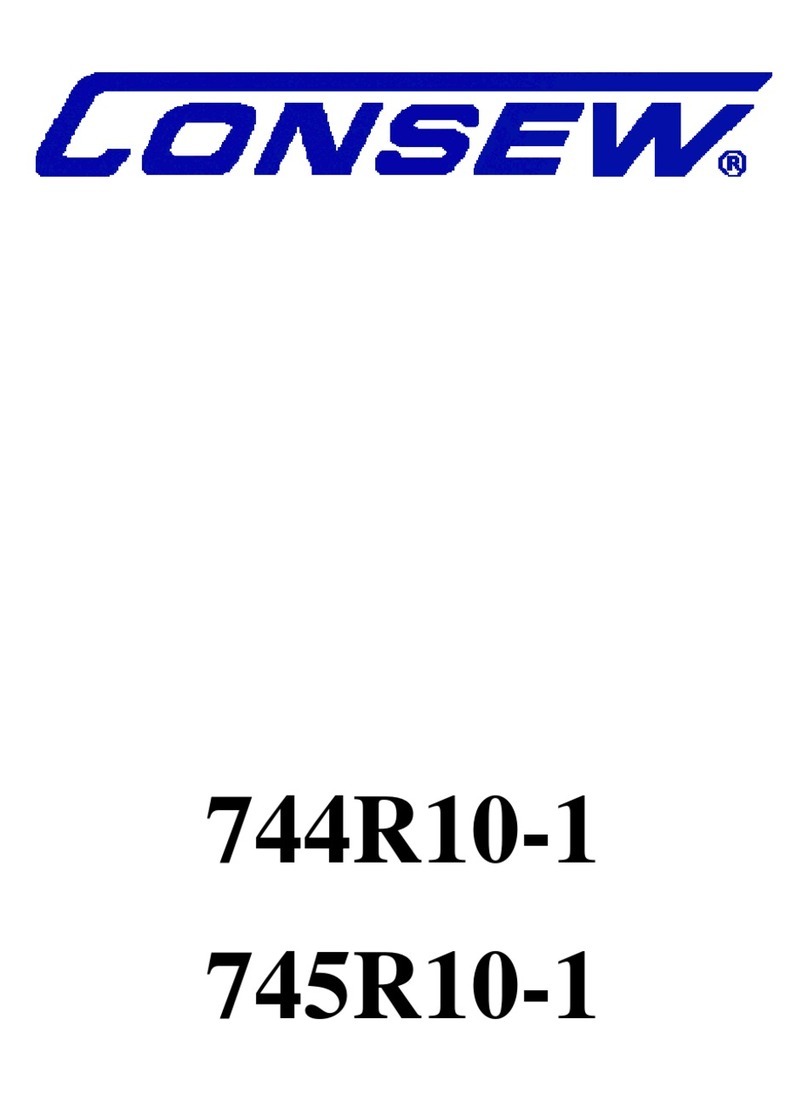
Consew
Consew 744R10-1 User manual

Consew
Consew CP206R User manual
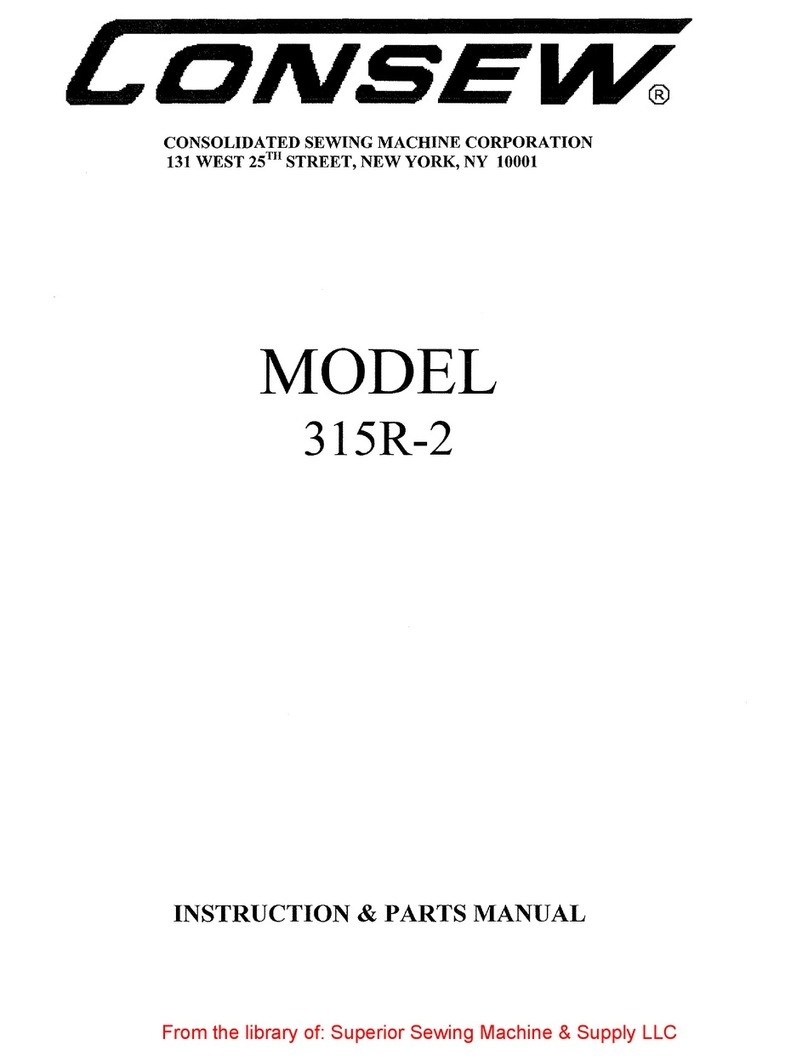
Consew
Consew 315R-2 Parts list manual
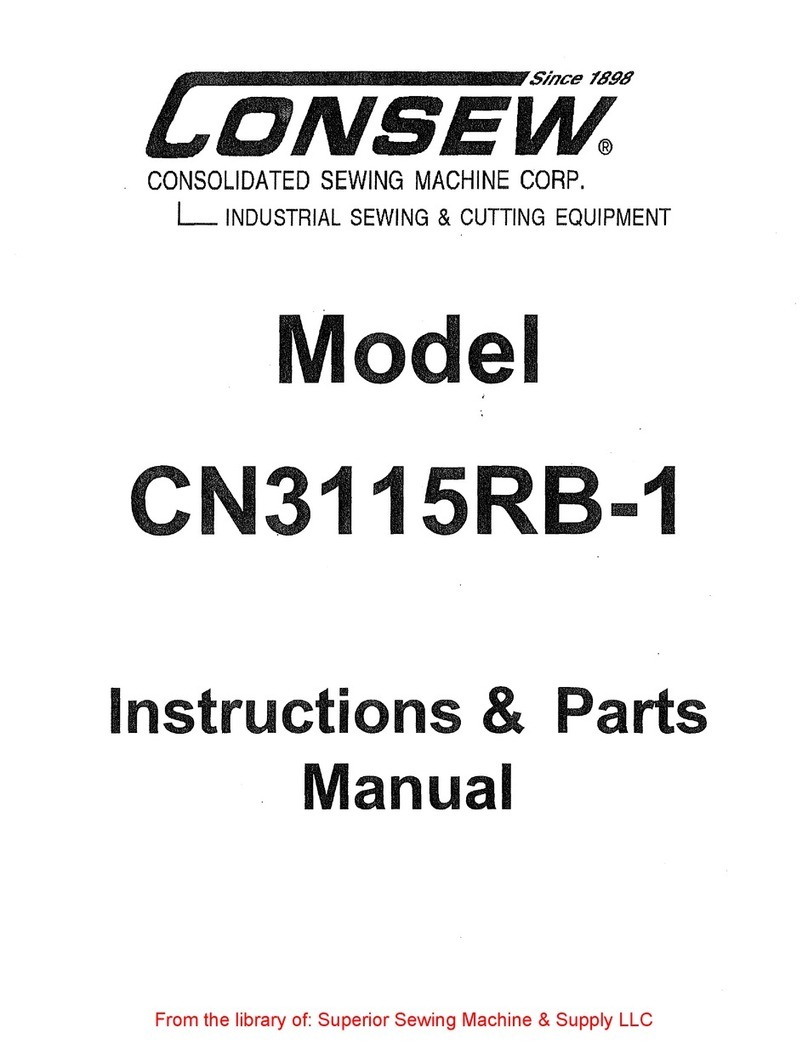
Consew
Consew CN3115RB-1 User manual
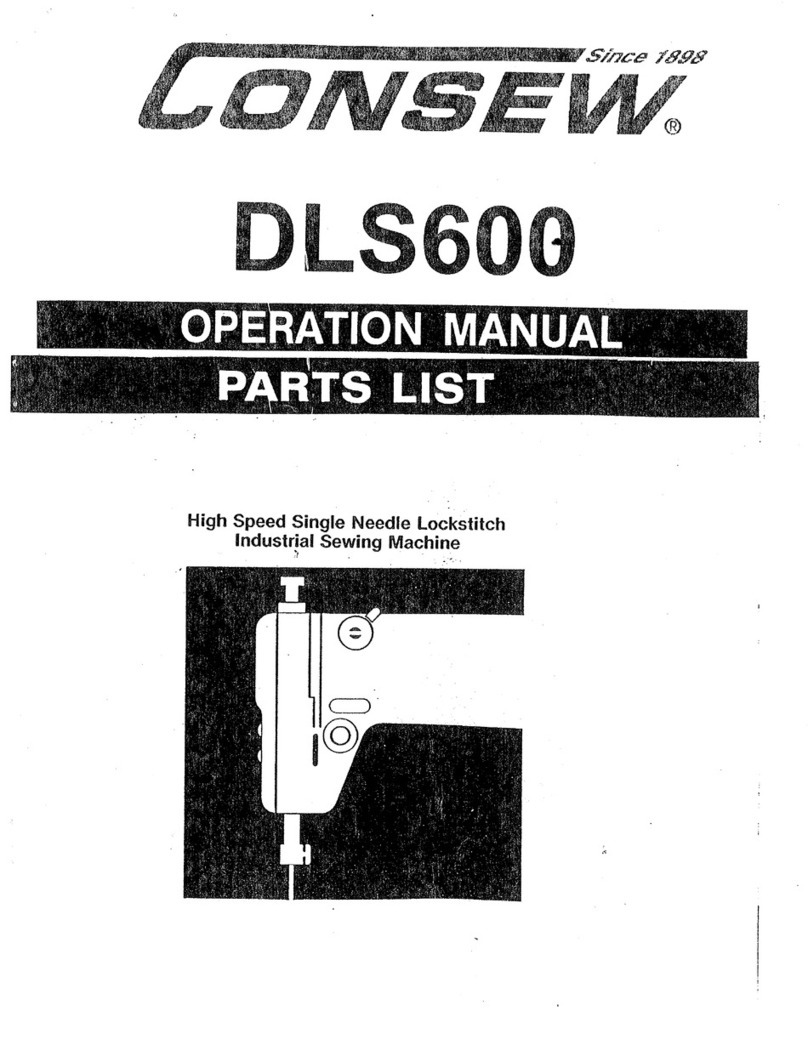
Consew
Consew DLS600 User manual

Consew
Consew CN 2230 R Datasheet
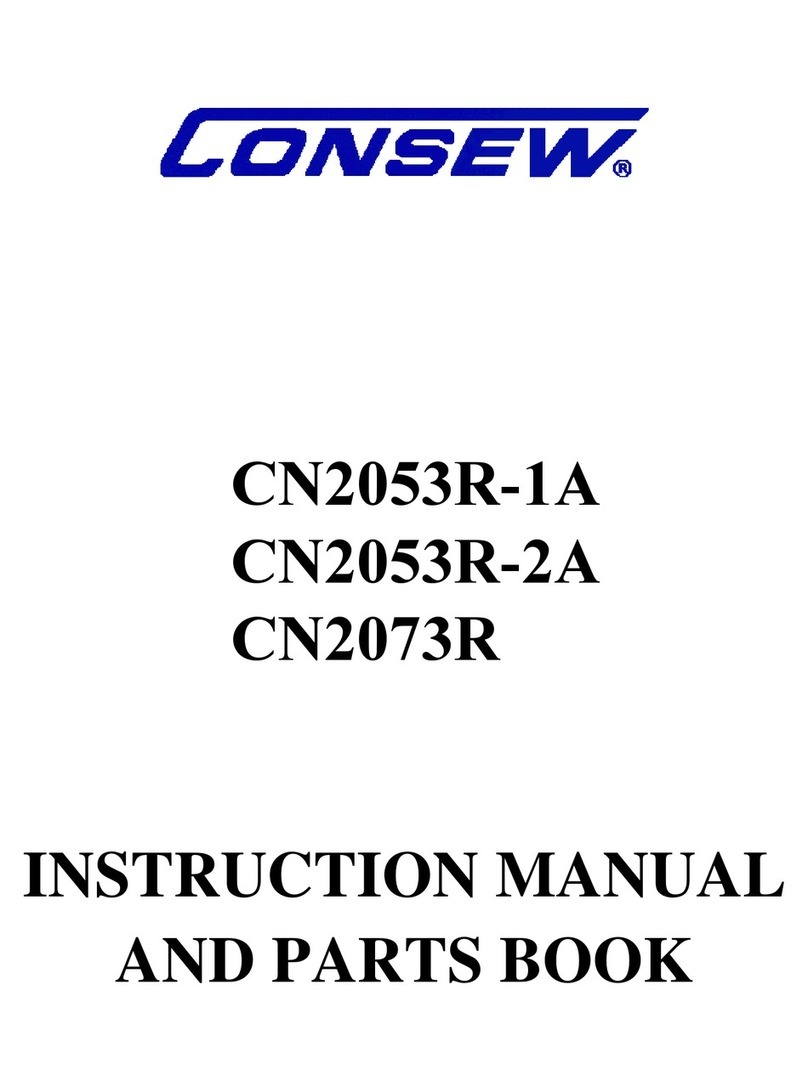
Consew
Consew CN2053R-1A User manual
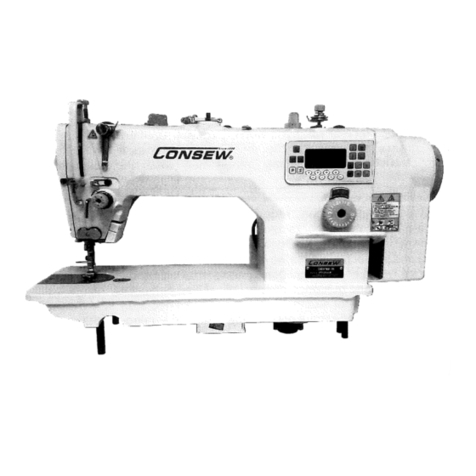
Consew
Consew 7360R-7DD Guide

Consew
Consew 206RB-5 User manual

Consew
Consew Sewing Machine User manual
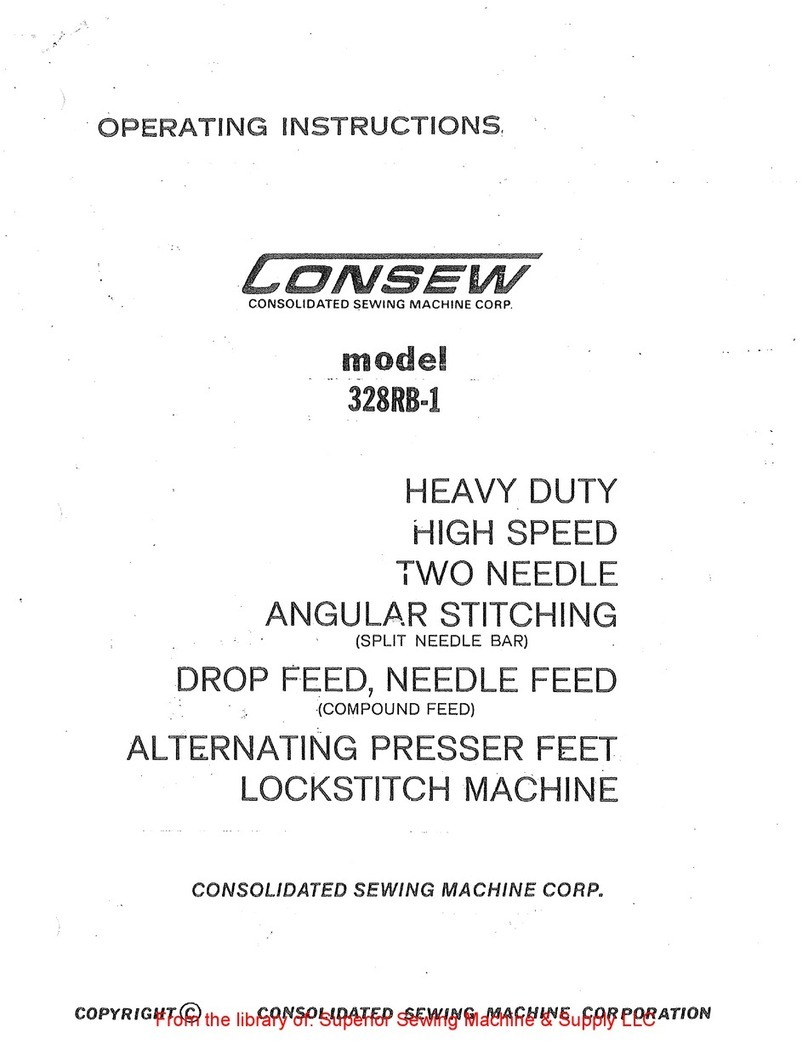
Consew
Consew 328RB-1 User manual

Consew
Consew P1206RB-7 Technical manual
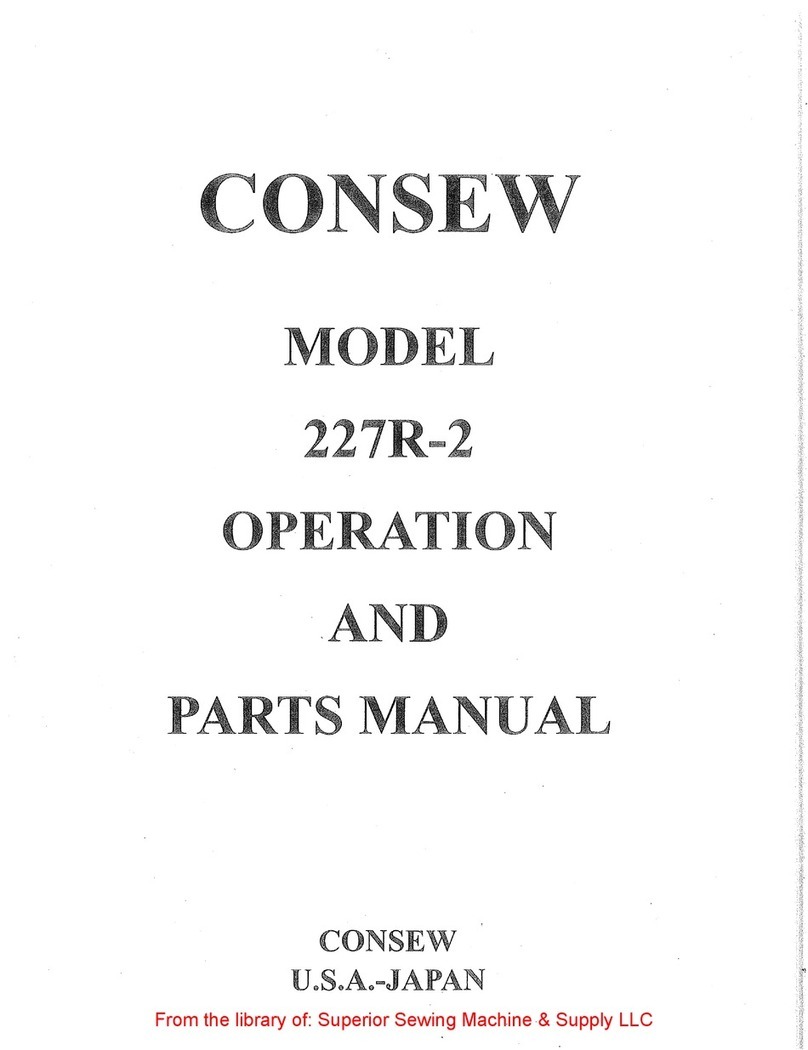
Consew
Consew 227r-2 Guide

Consew
Consew 318RK-2 Datasheet
